Table of Contents
What is Sofritto?
Sofritto is the essential flavor foundation of Italian cuisine, a carefully crafted mixture of finely chopped vegetables gently sautéed in olive oil to create a rich, aromatic base for countless dishes. Unlike mirepoix (French) or soffritto (Spanish), authentic Italian sofritto typically includes onions, garlic, carrots, and celery cooked slowly in extra virgin olive oil to develop deep, complex flavors.
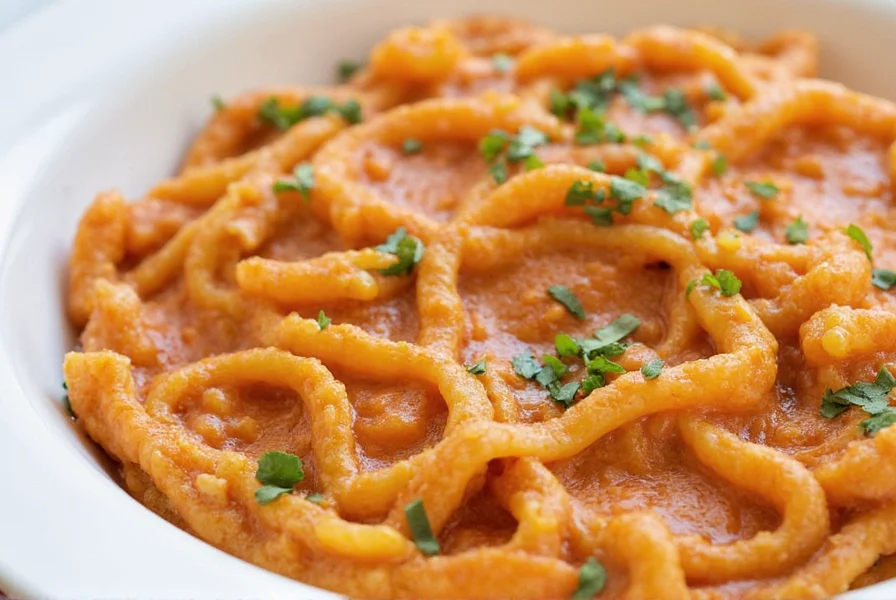
The word 'sofritto' comes from the Italian verb 'sfriggere,' meaning 'to sizzle,' which perfectly describes the gentle cooking process that transforms humble vegetables into a flavor powerhouse. This technique is fundamental to Italian cooking, forming the base for sauces, soups, stews, and risottos that define the cuisine.
Why Sofritto Matters
Sofritto isn't just another ingredient—it's the secret behind the depth and complexity of authentic Italian dishes. When done right, it creates layers of flavor that cannot be replicated by simply adding ingredients separately to a dish.
Here's why sofritto is indispensable:
- Flavor Foundation: The slow cooking process caramelizes natural sugars in vegetables, creating a rich, savory base that enhances all subsequent ingredients.
- Texture Control: Properly cooked sofritto provides the perfect texture foundation for sauces and stews, ensuring smooth consistency and even distribution of flavors.
- Health Benefits: Rich in vitamins, antioxidants, and healthy fats from olive oil, sofritto is a nutritious way to start your cooking.
- Cultural Significance: Sofritto is deeply rooted in Italian culinary tradition, with regional variations across Italy that reflect local ingredients and cooking styles.
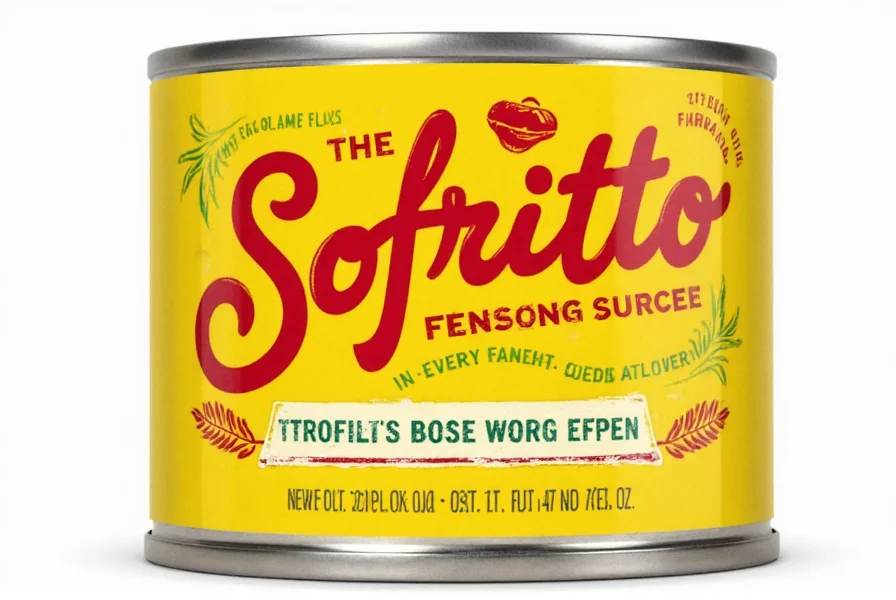
How to Make Sofritto: Step-by-Step Guide
Making perfect sofritto requires attention to detail and patience. Here's a detailed guide to creating authentic Italian sofritto:
- Choose Quality Ingredients: Select fresh, seasonal vegetables for optimal flavor. Use extra virgin olive oil with a low acidity level for best results.
- Prepare Vegetables: Finely dice 1 medium onion, 2 cloves garlic, 1 carrot, and 1 celery stalk. For best results, cut all vegetables to uniform size (about 1/4 inch pieces).
- Heat the Oil: In a heavy-bottomed pan, heat 3-4 tablespoons of extra virgin olive oil over medium-low heat until shimmering but not smoking.
- Build the Base: Add garlic first, sauté for 30 seconds until fragrant but not browned. Add onions and cook for 3-4 minutes until translucent. Then add carrots and celery, cooking for 10-15 minutes until very soft but not browned.
- Season Carefully: Add a pinch of salt to draw out moisture and enhance flavors. Avoid adding other seasonings that might overpower the natural vegetable flavors.
- Cook to Perfection: Continue cooking until vegetables are very soft, translucent, and slightly golden at the edges (about 15-20 minutes total). This slow cooking process is key to developing complex flavors.
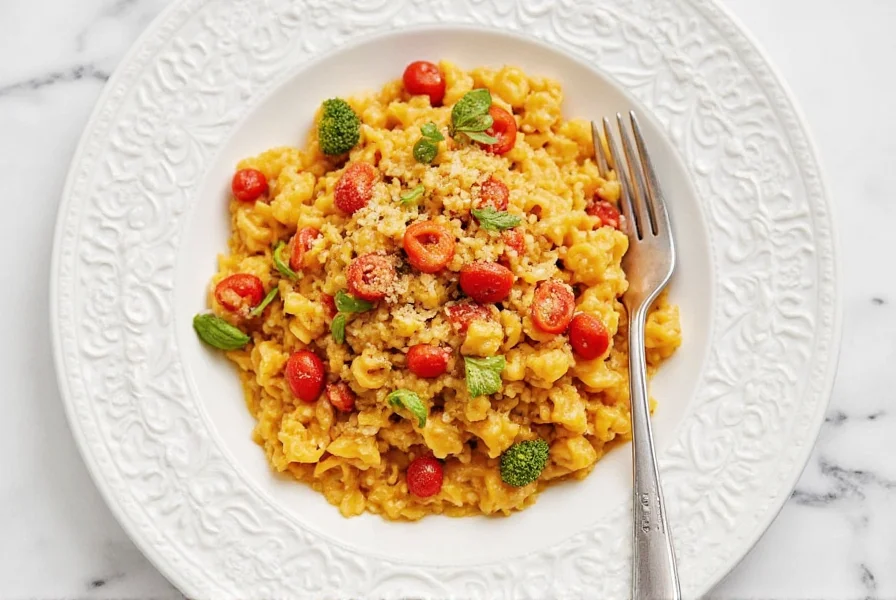
Pro Tip: For a richer flavor, some Italian cooks add a small piece of pancetta or prosciutto at the beginning, but traditional sofritto remains vegetarian.
Sofritto in the Kitchen: Versatile Applications
Once you've mastered making sofritto, you'll discover it's the secret ingredient in countless Italian dishes. Here's how to use it:
- Tomato Sauces: Use as the base for marinara, arrabbiata, and Bolognese sauces. The sofritto creates depth that canned tomato sauces alone cannot achieve.
- Risotto: Start your risotto with sofritto for a richer, more complex flavor profile. It's essential for traditional Italian risotto recipes.
- Stews and Braises: Use as the foundation for osso buco, beef stew, or vegetable braises. The sofritto provides the essential flavor base that permeates the entire dish.
- Bean Dishes: Perfect for minestrone, pasta e fagioli, and other bean-based soups. The sofritto adds complexity to simple legume dishes.
- Vegetable Dishes: Enhance roasted vegetables or sautéed greens by starting with a spoonful of sofritto.

Pro Tip: Many professional chefs make large batches of sofritto and freeze it in small portions for quick use in multiple dishes throughout the week.
Buying Guide for Sofritto Ingredients
| Ingredient | Key Selection Criteria | Why It Matters | Quality Indicators | Best Uses |
|---|---|---|---|---|
| Onion | Firm, dry skin, no soft spots | Provides sweetness and depth | Yellow onions for classic flavor, red onions for color, sweet onions for milder taste | Essential for all sofritto recipes |
| Garlic | Firm cloves, no sprouting | Contributes aromatic depth | Whole heads with tight skin, avoid soft or moldy cloves | Essential for authentic Italian flavor |
| Carrot | Smooth, vibrant orange, crisp texture | Adds natural sweetness and color | Small to medium size, firm to the touch, no cracks or blemishes | Traditional Italian sofritto base |
| Celery | Crunchy, fresh, green leaves | Provides earthy notes and aroma | Stalks that snap easily, fresh green leaves | Essential for classic sofritto |
| Olive Oil | Extra virgin, cold-pressed | Creates flavor foundation | Dark glass bottle, harvest date visible, low acidity (below 0.8%) | Key component for authentic Italian sofritto |
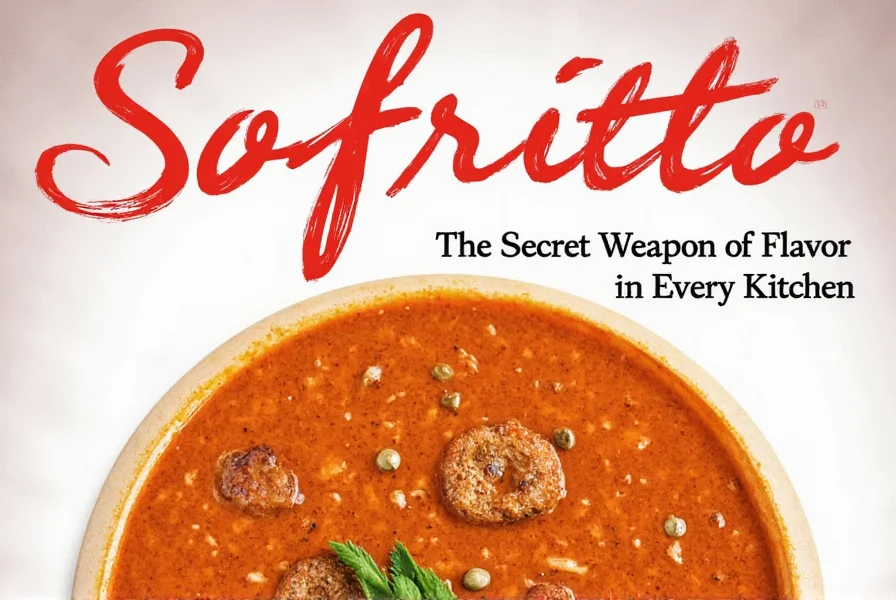
Seasonal produce makes the biggest difference in sofritto quality. Spring and summer vegetables generally provide the best flavor for this dish.
Expert Tips for Using Sofritto
Here are professional techniques to maximize your sofritto:
- Don't Rush the Cooking: Cooking sofritto too quickly over high heat will burn the garlic and prevent proper caramelization. Medium-low heat for 15-20 minutes is ideal.
- Sequence Matters: Add ingredients in order of cooking time—garlic first (shortest cooking time), then onions, then carrots and celery (longer cooking time).
- Control the Oil: Use enough oil to coat the vegetables but not so much that it pools at the bottom of the pan. The oil should be absorbed by the vegetables as they cook.
- Store Properly: Refrigerate in airtight container for up to 5 days, or freeze in ice cube trays for longer storage. Frozen sofritto cubes can be added directly to hot dishes.
- Adjust for Dishes: For tomato-based sauces, cook sofritto until very soft. For risotto, cook until just tender to maintain texture in the final dish.
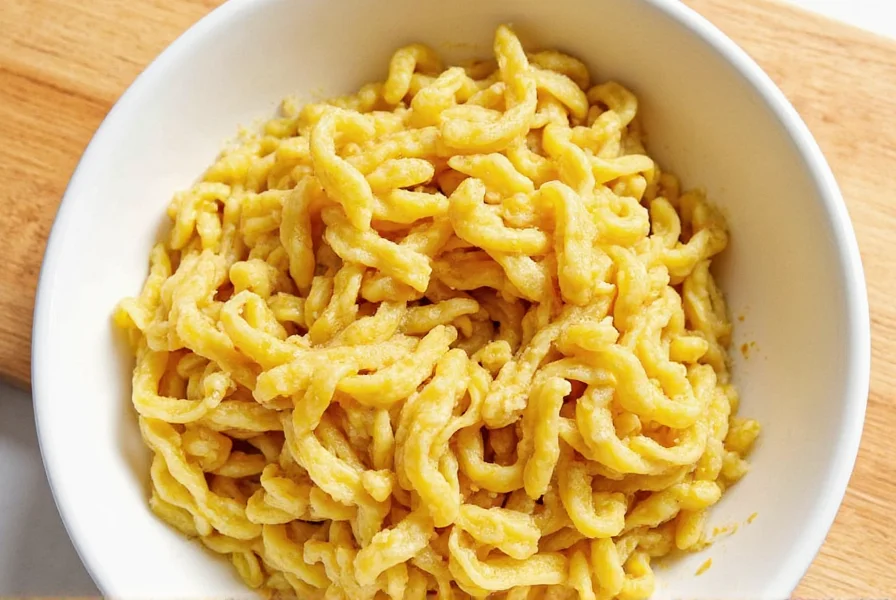
Pro Tip: Many Italian chefs keep a jar of prepared sofritto in their refrigerator for quick use in multiple dishes throughout the week.
Frequently Asked Questions About Sofritto
What's the difference between sofritto and mirepoix?
While both are vegetable bases for cooking, sofritto is the Italian version typically made with olive oil and includes garlic, while mirepoix is the French version usually made with butter and consists of onions, carrots, and celery in a 2:1:1 ratio without garlic. Sofritto is cooked more slowly to develop deeper flavors, and the inclusion of garlic gives it a distinct character.
Can I make sofritto in advance?
Yes, sofritto can be prepared ahead of time. Store it in an airtight container in the refrigerator for up to 5 days. For longer storage, freeze it in ice cube trays and then transfer the frozen cubes to a freezer bag. This way, you can grab just the amount you need for future recipes. Many professional chefs prepare large batches of sofritto weekly for consistent flavor in their dishes.
What are the essential ingredients for authentic Italian sofritto?
The essential ingredients for traditional Italian sofritto are onions, carrots, celery, and garlic, all finely diced and slowly cooked in extra virgin olive oil. While some regional variations might include pancetta or other ingredients, the vegetable base remains consistent across most Italian cooking. Authentic Italian sofritto does not include tomatoes or other additional ingredients that might be used in some non-traditional versions.
What are common mistakes to avoid when making sofritto?
Common mistakes include chopping vegetables too coarsely (which prevents proper caramelization), cooking over too high heat (which burns garlic before other vegetables soften), adding all vegetables at once (instead of in sequence based on cooking time), and not allowing enough time for flavors to develop. The most critical mistake is rushing the cooking process—sofritto requires patience to develop its signature depth of flavor.
Can I substitute any ingredients in sofritto?
While traditional sofritto uses onions, carrots, celery and garlic, you can make substitutions based on dietary needs or availability. Leeks can replace onions, parsnips can substitute for carrots, and fennel can stand in for celery. However, each substitution will change the final flavor profile of your dish. For authentic Italian flavor, stick to the traditional ingredients when possible.
How long should I cook sofritto for optimal flavor?
For optimal flavor development, cook sofritto slowly for 15-20 minutes over low to medium heat. The vegetables should become very soft and translucent, with the edges just beginning to turn golden. Rushing this step by cooking too quickly will result in less developed flavors and potentially bitter notes from burned vegetables. The key is to cook until the vegetables are very soft but not browned.
Conclusion
Sofritto is more than just a cooking technique—it's a tradition, a philosophy, and a flavor enhancer. Whether you're simmering a hearty stew or preparing a light pasta dish, the sofritto is the unsung hero that elevates your meal to the next level.
From its humble beginnings in Italian kitchens to its global popularity today, sofritto has proven itself to be a timeless ingredient. So next time you're in the kitchen, don't forget to give your sofritto the love and attention it deserves. Your taste buds will thank you.
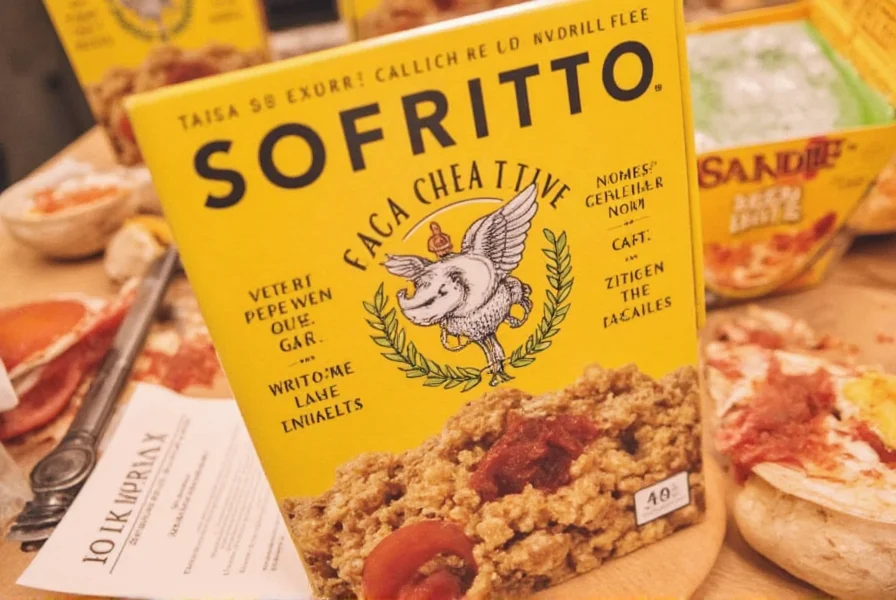
Remember, the key to great cooking lies in the details—and the sofritto is one of those details that can make all the difference.

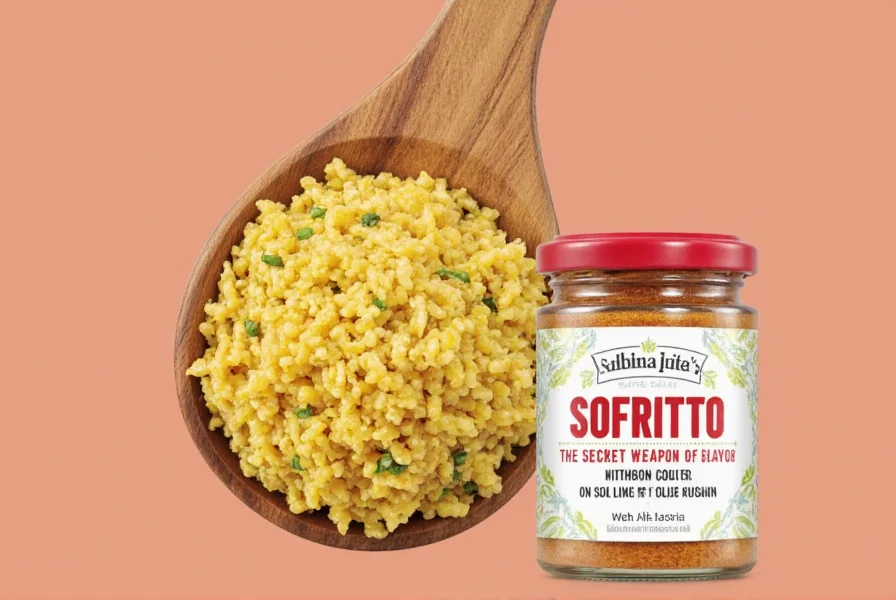









 浙公网安备
33010002000092号
浙公网安备
33010002000092号 浙B2-20120091-4
浙B2-20120091-4